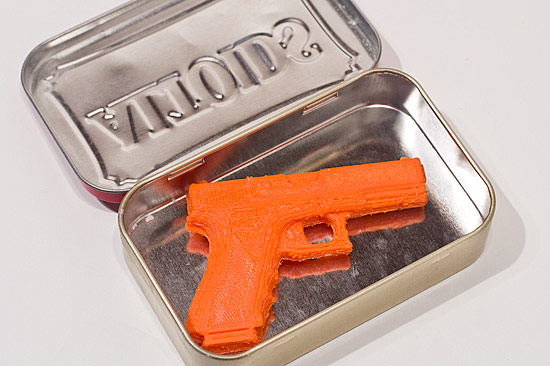
Well, we’ve been busy! In fact, we’ve been so busy we missed our own anniversary. That’s right kids, on August 5th, 2012 we celebrated 15 years of blogging. I suppose that’s pretty good. I probably should have planned some sort of celebration. Oh well, I guess I have (almost) 5 years to plan for the next milestone.
Speaking of milestones, and birthdays, and August 5th, I now have a child that can legally drive a car. That seems crazy. Crazy but true… I look forward to being a passenger more often. Except…

Concept art
…when I drive in the Power Racing Series next year. I mean, assuming there is a next year. I ended up going to Maker Faire Detroit and got pulled into the Milwaukee Makerspace Racing Team. It was a lot of fun, and now I’d like to do it again next year. Yeah, sweet.

What else have I been doing? Well, I made this sweet video of the building of Red Lotus with Time Lapse Bot as well as other posts, and I continue to hack at my RepRap and 20 other projects. (Including at least one with lasers.)

Amusing, if you know my making activities
I’m also still selling buttons, and doing other things, like planning the next 3D Printing Meetup happening August 12th, 2012. Oh, I’m also hoping to be awarded $25,000 this year. I’ll let you know if that happens or not.

This may be my new car
There’s more, but I can’t think of it right now because I got interrupted 10 times while writing this post…
So what have you been up to?















